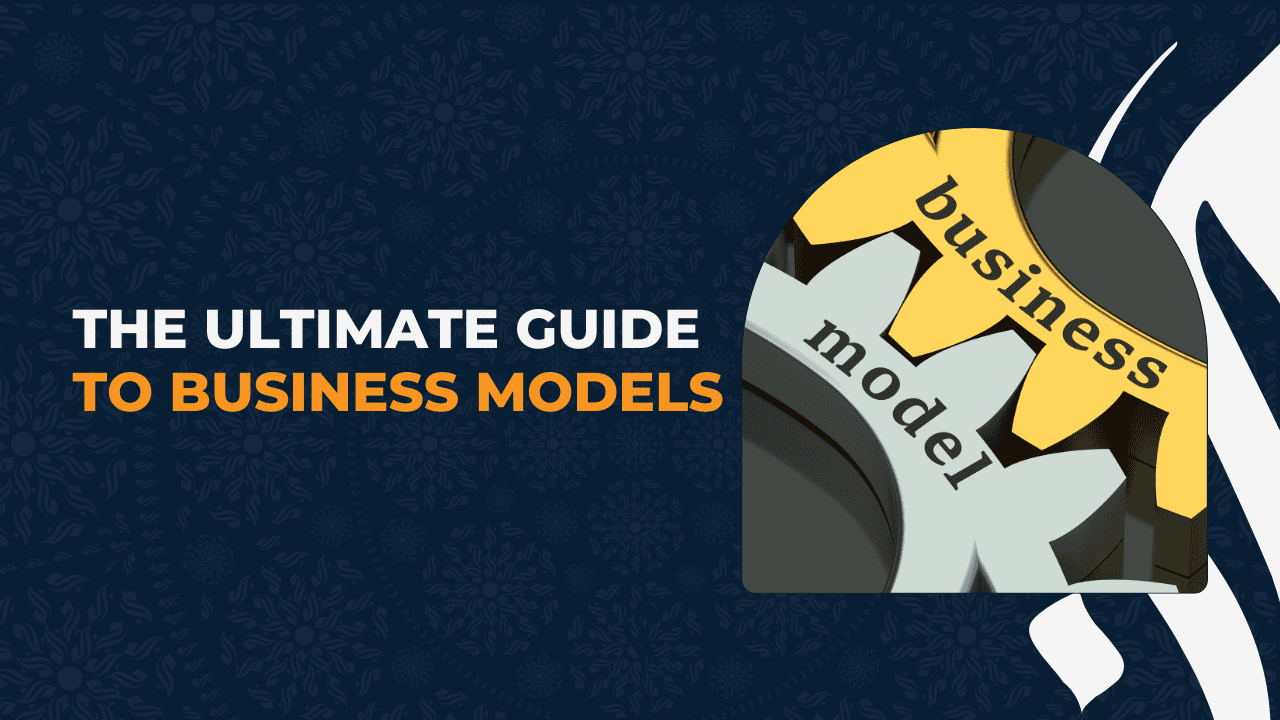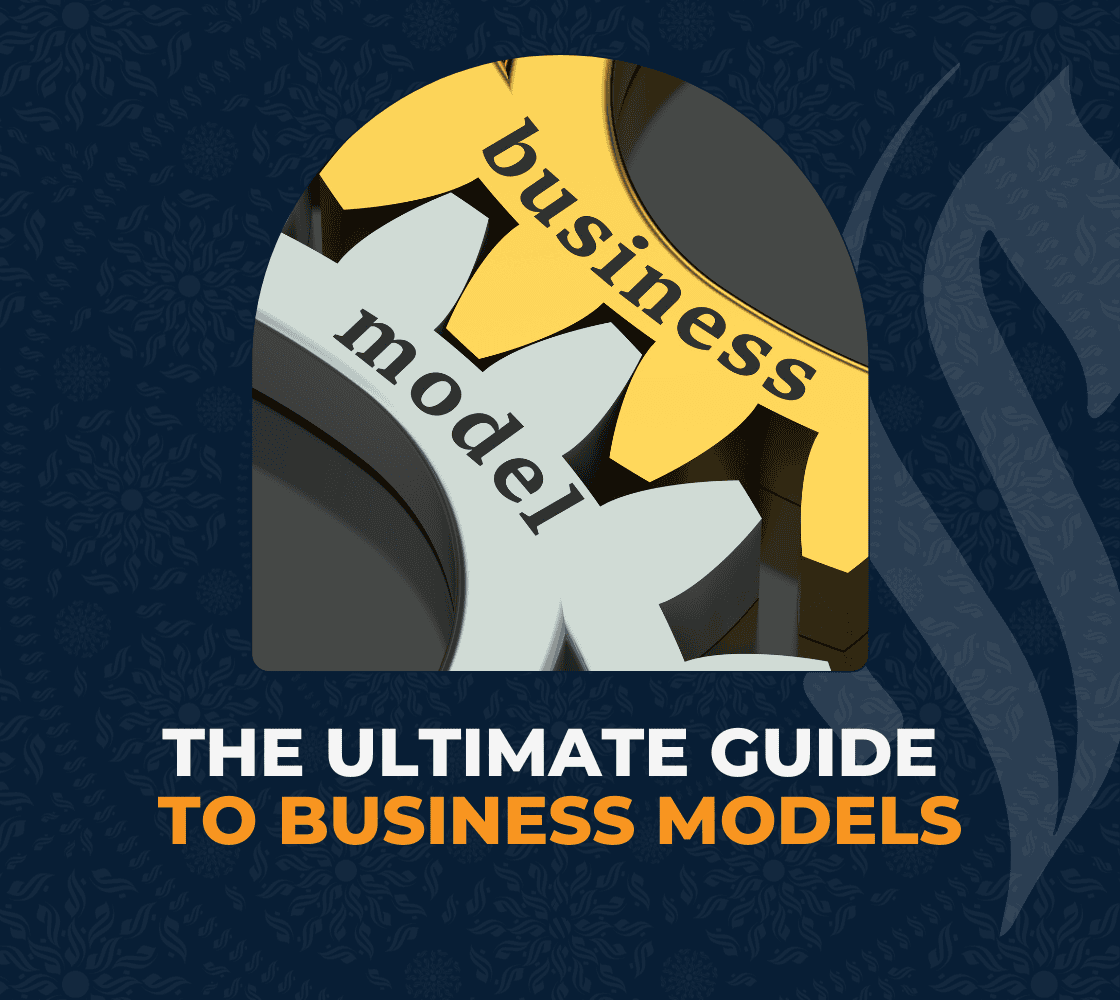

What is a Business Model?
Every successful business model is built on nine basic building blocks. When done properly, they all align harmoniously. These elements were first described by Alexander Osterwalder and Yves Pigneur in their Business Model Canvas and form a useful scheme for business model analysis and design.
Value Proposition: Defines what problem you solve, or the need that you fulfill for your customers. It's the reason why customers will choose you over the competition.
Customer Segments: Define precisely who you serve, taking into consideration that different groups may have different value propositions.
Channels: Describe how you reach your customers to deliver your value.
Customer Relationships: Outline the type of interaction established with your customer base.
Revenue Streams: Represent how you make money from each customer segment.
Key Activities: Are the most important actions your company must do to operate successfully.
Key Resources: Refer to the assets needed to make your business model work.
Key Partnerships: Explain the network of suppliers and partners that make your business model efficient.
Cost Structure: Details all the costs incurred in operating your business model.
Understanding these components and their ways of interaction is actually about creating a comprehensible and durable business model.
Why Business Models Matter
Traditional Business Models
Traditional Business Models
Until recently, several traditional models have shaped the business world and have stood the test of time.
Product-based Model: This model relies on selling physical goods with a markup, as seen in retail stores and manufacturing companies. It is a straightforward approach that focuses on the efficient production, distribution, and sale of tangible items.
Service-based Model: In this model, the charge is for expertise or labor, as usually observed with consultants, repair services, and professional firms. Here, value resides in people's skills, knowledge, or efforts rather than physical products. This model often emphasizes relationship building and reputation.
Subscription Model: This model provides for recurring revenues in return for continued access to a product or service, such as a magazine or membership club. Although not new, this model has received newfound interest in the digital economy as firms look for reliable revenue streams.
Marketplace Model: The marketplace model generates value through the matching of buyers and sellers and takes a commission for each transaction; a classic example is the concept of traditional auctions or classifieds. This model uses network effects, where the value escalates with more participants on the platform.
Each of these traditional models has evolved over time, but their fundamental concepts are still relevant to the business environment today.
Digital Business Models
Digital Business Models
The digital revolution has given rise to a new wave of business models leveraging technology to unlock value in innovative ways.
SaaS (Software as a Service): In this model, customers attain access to different software applications using subscriptions, perfected by firms such as Adobe and Microsoft. This approach shifts software from a product to a service, with continuous updates and cloud delivery.
Freemium Model: This model gives away basic features to attract a large user base, charging only for premium features, a strategy employed by Dropbox and Spotify. This decreases barriers to adoption while creating opportunities for conversion to enhanced services.
Multi-sided Platforms: These are businesses that create value by facilitating exchanges between two groups. Examples include Uber and Airbnb. These types of networks achieve scale through network effects and typically use complex algorithms in order to match users effectively.
Ad-based Revenue: Used by Google and Facebook, this model provides content free in exchange for user attention that can be sold to advertisers.
Data Monetization: This involves making money from collected and analyzed information; examples of this model include credit bureaus and market research firms.
Many of these digital models scale much quicker than traditional models and may operate at lower marginal costs, but they also come with unique challenges associated with privacy, competition, and technological disruption.
Hybrid Business Models
Hybrid Business Models
- Apple: Apple successfully combines a product model with a service model, selling not only its devices but also offering AppleCare support, Apple Music, and other services.
- Amazon: Amazon functions as a marketplace for third-party sellers and a direct retailer of its products, while also providing subscription services through Prime and cloud computing through AWS. This diversification creates multiple revenue streams and strengthens customer relationships.
- Microsoft: Microsoft couples its recurring subscription model for Office 365 with one-time software purchases while providing enterprise services and hardware. This hybrid approach lets businesses diversify their revenue streams and capture more value from their customer relationships.
Subscribe to Muslim Founder's Newsletter
The only newsletter you need to start & grow your Muslim business, Insha'Allah.
100% Free. No Spam Guaranteed.
Business Model Innovation
True disruption often doesn't come from a new product but from a new business model.
Netflix: Netflix famously evolved from a DVD rental service to a streaming subscription giant, fundamentally changing how we consume media. This shift wasn't just about technology alone but about reimagining the whole value proposition and delivery mechanism.
Dollar Shave Club: Dollar Shave Club disrupted the razor industry by introducing a convenient subscription model directly to consumers, bypassing traditional retail channels. In many ways, their innovation was more about distribution and relationships than product.
Tesla: Even Tesla integrates direct sales, software updates, and energy products into one coherent automotive ecosystem that is challenging conventions in this industry.
These examples show how the reimagining of value creation and value delivery can be far more effective than incremental product improvement.
The Islamic Perspective on Business Models
Conclusion
Subscribe to Muslim Founder's Newsletter
The only newsletter you need to start & grow your Muslim business, Insha'Allah.
100% Free. No Spam Guaranteed.

